A Brief History Of Arcos de la Frontera
A picturesque town located in Cádiz province, Andalusia, Spain, Arcos is renowned for its dramatic cliffside views and rich historical heritage. With its roots dating back to prehistoric times, this charming medieval city has witnessed a myriad of cultures and civilizations that have shaped its identity over the centuries.
Ancient Beginnings
The history of Arcos de la Frontera can be traced back to ancient times, with archaeological evidence suggesting human presence in the area since the Paleolithic era, with traces of human habitation found in caves both inside the cliff and in the surrounding the area. Archaeological discoveries reveal that these early settlers thrived on the fertile lands along the Guadalete River, exploiting its resources for sustenance.
Phoenician and Roman Influence
The town’s advantageous location attracted several civilisations, notably the Phoenicians, who were seafaring traders originating from present-day Lebanon and Syria in search of commercial ventures. They established settlements both inland and along the coastline, founding Gadir, now known as Cádiz, which is considered the oldest city in Western Europe. The sandstone cliff supporting Arcos´ original settlement contains caves that house remnants of funerial sites from this ancient period.
The town’s strategic location made it a focal point during the Roman Empire. It became known as “Arx Arxsis,” meaning Fortress on High Ground, serving as a fortification to protect the surrounding territories. Today, remnants of Roman pillars can be spotted throughout the Historic Quarter, seamlessly integrated into the corners of various streets and buildings. Some pillars are even positioned upside down, a testament to their original purpose. Rather than serving as decorative elements, these structures were strategically placed to shield the walls from the wear and tear caused by donkey carts and mules transporting goods such as produce, construction materials, and furniture that once traversed the town’s narrow lanes. The Roman Empire disintegrated when Germanic tribes swept through Europe, all the way into North Africa.
Moorish Rule
The Islamic Era
In the 8th century, Arcos transitioned from Visigoth to Muslim control amidst the Islamic conquest of the Iberian Peninsula. The pivotal clash between the Visigoths and the Moors, composed of Arab Syrian commanders and North African Berber troops, is recorded as the Battle of Guadalete, named after the meandering river that surrounds Arcos and flows through the area down to the sea. The Moors left a lasting impact on the town’s architecture, culture, and agricultural methods. The Old Quarter reflects an Arab urban design, characterized by its narrow, labyrinthine streets that continue to define the layout of Arcos today. This era of Moorish domination also led to the construction of mosques, defensive fortifications in the form of an Alcázar, a protective town wall and a castle, with the Old Quarter organized into distinct Islamic, Jewish, and Christian neighborhoods.
The Christian Reconquista
Cultural Shifts and Transformation
The Reconquista, culminating in 1492, was a significant period during which Christian kingdoms gradually reclaimed territory from the Moors.
In 1264, Arcos de la Frontera was captured by King Alfonso X of Castile, following a failed attempt at capturing the town just two years earlier. This crucial event marked the dawn of a new era for Arcos, where Christian influences began to intertwine with the rich Moorish architectural and cultural heritage, resulting in the Mudéjar from of architecture and design.
It was after the reconquest that Arcos received its name, meaning "of the Frontier," as it became part of a strategic chain of towns adjacent to the last Muslim stronghold, the Nasrid Kingdom, for two centuries.
From the 16th Century, Arcos witnessed extensive construction of churches, convents and palaces, mirroring the shifting religious and political dynamics of the region. The Castle was granted to the first Dukes of Arcos as a reward for their significant role in the Christian reconquest, and the town was subsequently elevated to city status.
This era also brought changes in domestic customs, particularly with the introduction of street-facing windows, which significantly altered women's interactions with the outside world. While women from affluent families were still required to have a chaperone when venturing out, these windows allowed them to observe the happenings beyond their homes, fostering an environment where serenading young unmarried women became a cherished social activity.
Architectural Heritage
From A Golden Age to a Decline in Prosperity
Arcos is celebrated for its unique architectural heritage, a blend of Gothic, Mudejar, Renaissance, Plateresque and Baroque styles. One of the most notable landmarks is the Church of Santa María, built on what was once a Mosque, which in turn had been built on a Visigoth Temple. The Santa María showcases stunning plateresque craftsmanship and a striking interior filled with an intricate altarpiece, behind which is the former Mosque´s mihrab.
The town is also known for other historic buildings, such as El Palacio del Mayorazgo, a palace which once had no less than 8 separate entrances and which was owned by one of the most powerful families of the town, now forming part of the Town Hall´s cultural arm.
The Baroque style San Pedro Church is another notable monument, having been built on a former Arab Fortress and of course the historic Castle itself, the origins of which date back to the 8th Century and which was bequeathed to the first Duke of Arcos in the early part of the 14th Century.
Numerous grand palaces and señorial houses were constructed with the wealth amassed by families who embarked on early voyages to the New World alongside Christopher Columbus after the discovery of the New World in 1492. Upon their return, these fortunate individuals invested their newfound riches into the creation of magnificent residences in their hometown.
In subsequent centuries, the castle faced significant degradation, ultimately falling into ruin as a direct consequence of the actions of Napoleon's French soldiers following their defeat in the Wars of Independence during the early 19th century. By the 20th century, the castle had deteriorated to a lamentable state and was put up for auction by the bank. An Anglo-Spanish family, with connections to the sherry industry, purchased the castle and diligently restored it, investing heavily in this ambitious project by using historical plans and drawings from the Medieval period to recreate the monument we admire today.
Modern Developments
20th Century to Present
In the 19th and 20th centuries, Arcos de la Frontera underwent notable changes marked by both growth and challenges. Officially recognized as a city post-reconquest, Arcos evolved to embody the charm of a small town, with its economy largely centered on agriculture, particularly the production of olive oil, sunflower oil and oranges. The local building trade flourished as well, with Arcos’ skilled artisan tilers in high demand throughout Spain to this day. Additionally, the region boasts vineyards that are earning acclaim for their wines. In 1962 the town was declared to be of National Historic Interest, and has been drawing visitors ever since. The rise of tourism has enabled the town to present its rich heritage and culture to a wider audience, attracting visitors with its breathtaking landscapes and lively traditions, while still maintain an authentic, local feel.
A Destination to Savour
Today, Arcos de la Frontera stands as a testament to the layered history of Andalusia, where various civilisations have left their mark. From its ancient origins to its modern tourist appeal, the town continues to captivate those who explore its narrow streets and historical landmarks. With each visit, one can experience the echoes of the past that have sculpted Arcos into the beautiful destination it is today.


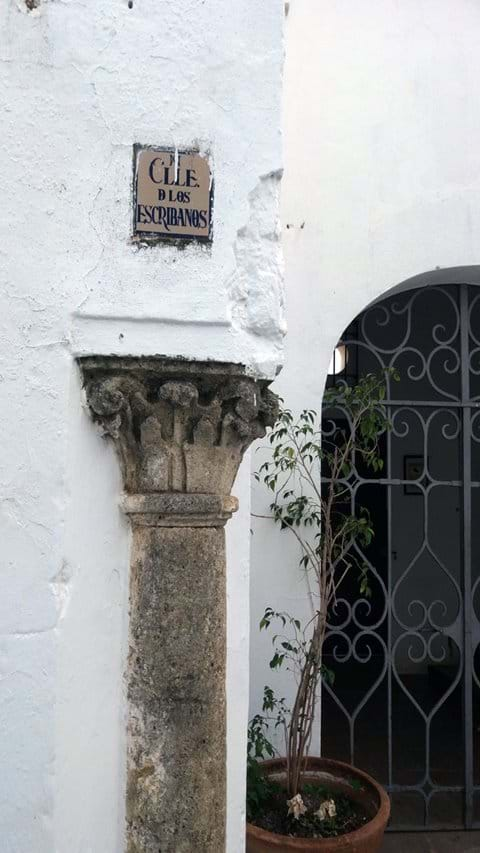
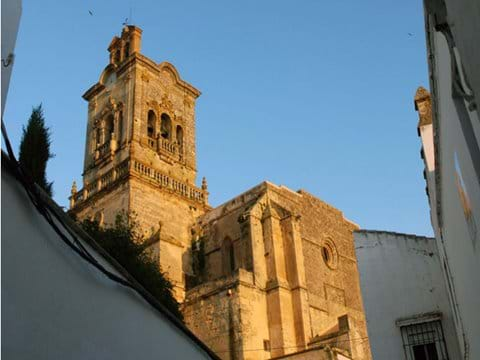
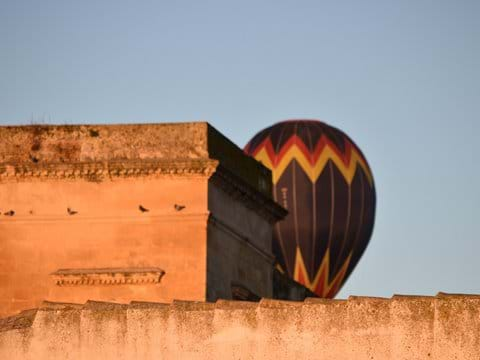
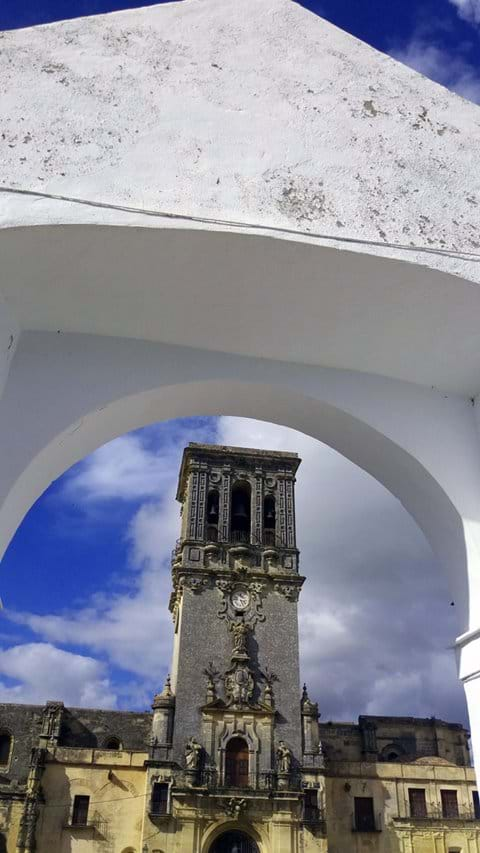
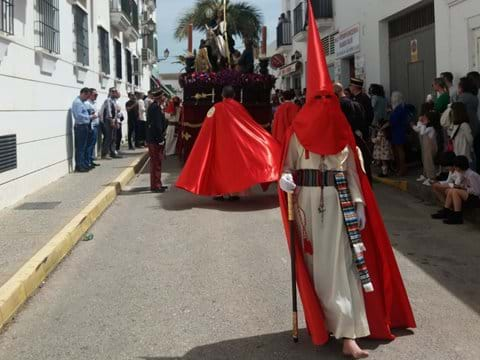
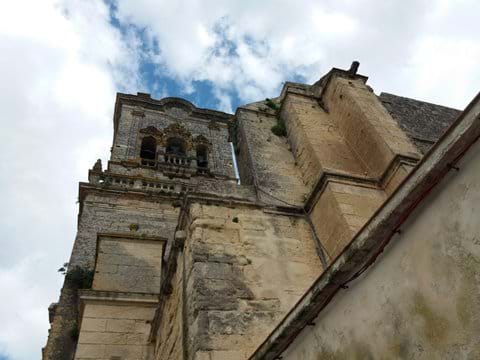
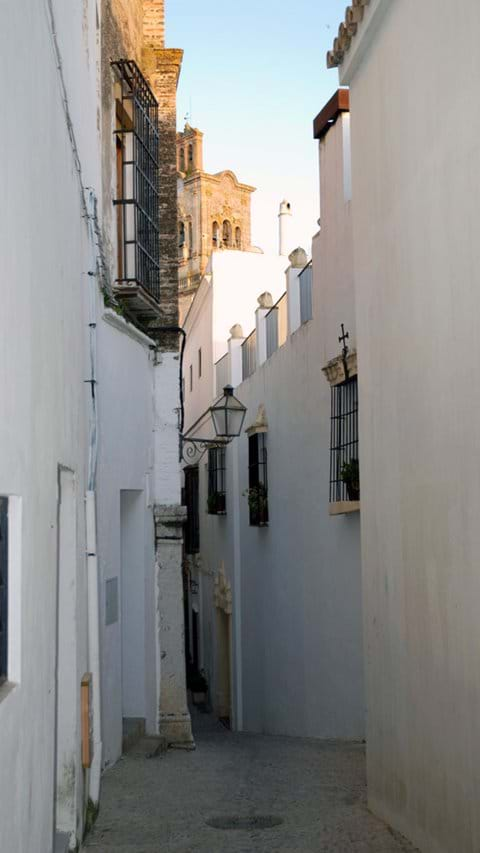


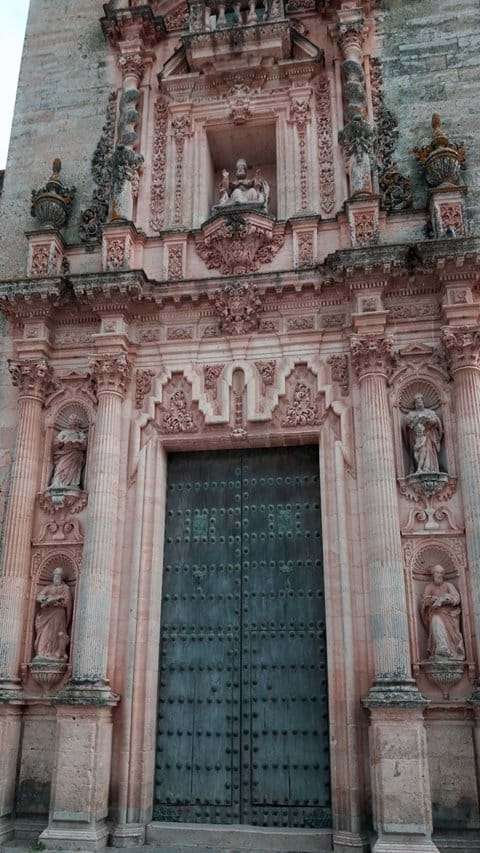
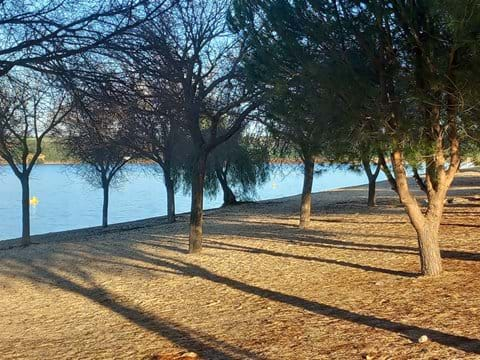

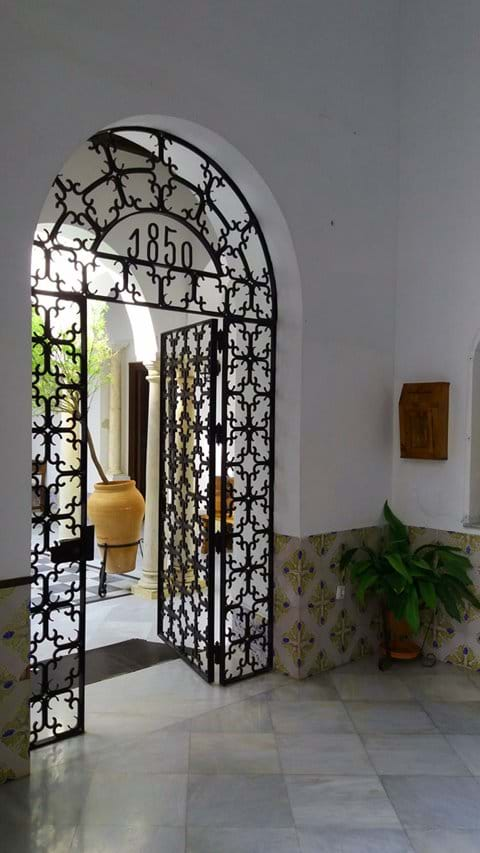
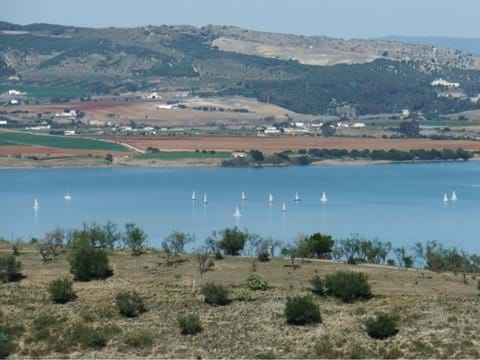

Read more comments →